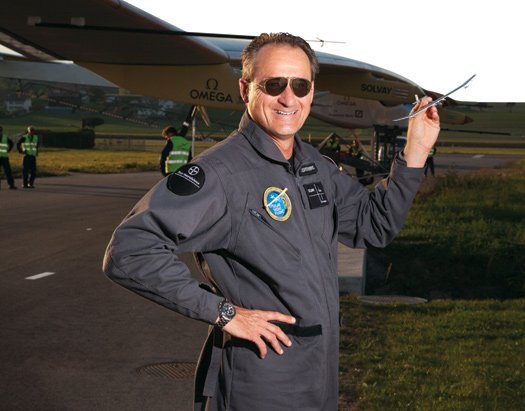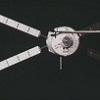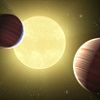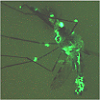How a record-breaking pilot made it through the night in a sun-powered plane
Born in Zurich, Switzerland, in 1952, the year the first commercial jet airliner took flight, André Borschberg grew up longing for the skyward frontier and the “freedom of three dimensions.” He absorbed his father’s tales of reconnaissance flights during World War II. He memorized the dips and dives of Night Flight, Antoine de Saint-Exupéry’s novel about pioneering airmail carriers in Argentina. And at age 15, he joined a youth program offered by the Swiss Air Force, which taught him how to fly.
As he got older, though, Borschberg diversified. He came to the U.S. to pursue an MBA at the Massachusetts Institute of Technology and went on to become a serial entrepreneur. He also returned home on occasion to continue his training as a pilot in the Swiss Air Force, graduating from the twin-boom de Havilland Venom to the swept-wing Hawker Hunter and eventually to the supersonic Northrop Tiger F-5. At 51, Borschberg had started three companies and was certified on at least 30 aircraft. Yet his two passions, for business and for flight, were increasingly at odds, and he began to have “unstructured and difficult-to-describe dreams” about joining them.
In 2003, the Swiss Federal Institute of Technology in Lausanne asked Borschberg to study a plan to fly a solar plane around the globe. The idea belonged to Bertrand Piccard, whose grandfather, Auguste, invented the bathyscaphe and whose father, Jacques, dove to the Mariana Trench (the family’s heritage inspired the naming of a Star Trek captain).
Borschberg thought the proposal, combining as it did the romantic spirit of the old aviators with the innovation of a start-up, was “absolutely brilliant.” Nonetheless, he took a moment to respond. “The pilot said yes immediately,” Borschberg laughed, “and the businessman gave the impression that he needed time to think.” When the study was complete, he joined Piccard as CEO to launch the Solar Impulse project. And in June 2009, after six years of development, they unveiled the HB-SIA, the first solar plane capable of overnight flight-a prerequisite for their plan to circle the globe. For Borschberg, the job demanded “everything I did during these last 25 years: the engineering part, the business part and the flying part.”
A year later, swaddled in a special suit to protect him from subzero temperatures, Borschberg made his own pioneering flight-26 hours aloft, a new record. After his iPod battery froze, silencing a preselected soundtrack of opera music and Leonard Cohen songs, Borschberg was left alone with the sounds of the Swiss sky. Though the cramped seat could barely contain his 6'3″ frame, the sights distracted the pilot from any discomfort. “It was gorgeous,” he says. “The sunset, the moon, the stars: they carry you through.” Flying slow and straight, gazing at “the dark colors of the night reflected over Lake Bienne,” Borschberg achieved a state that he calls “conscious flight,” a sensory awareness of the airborne environment normally made impossible by the complexity of modern piloting. “We’re exploring a new way of flying,” Borschberg says. “The pleasure is unbelievable.”
-Joseph A. Bernstein






